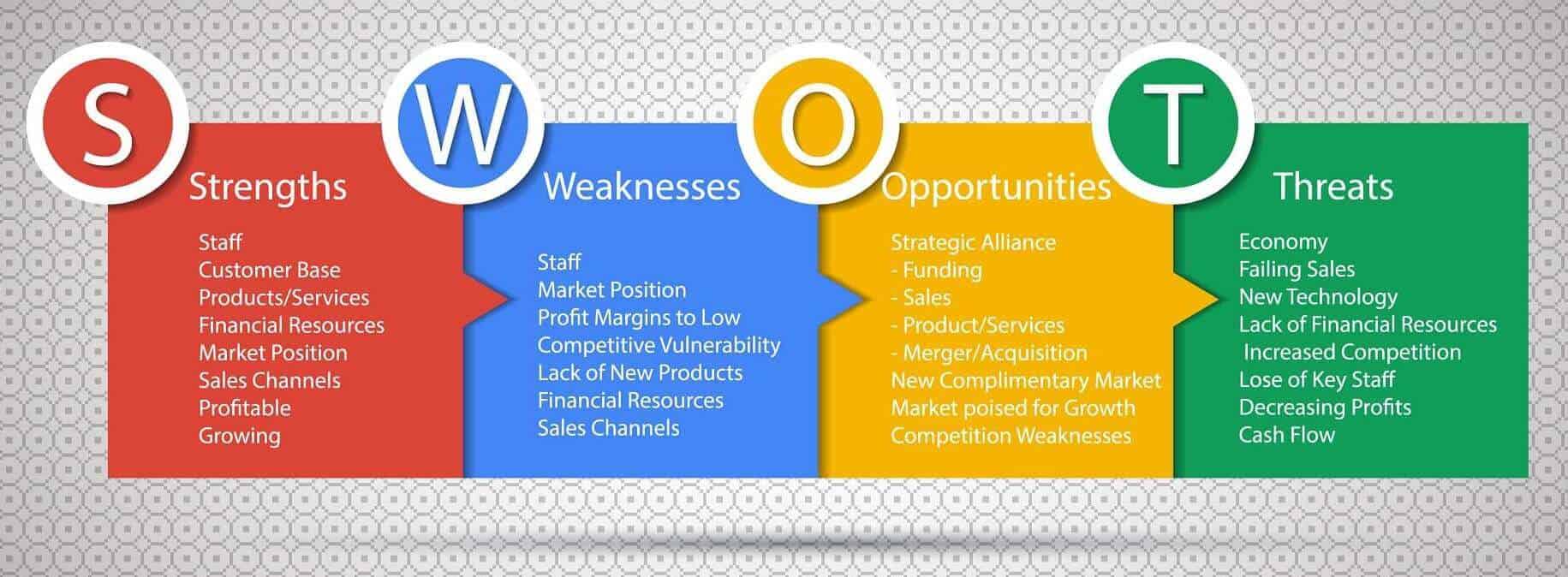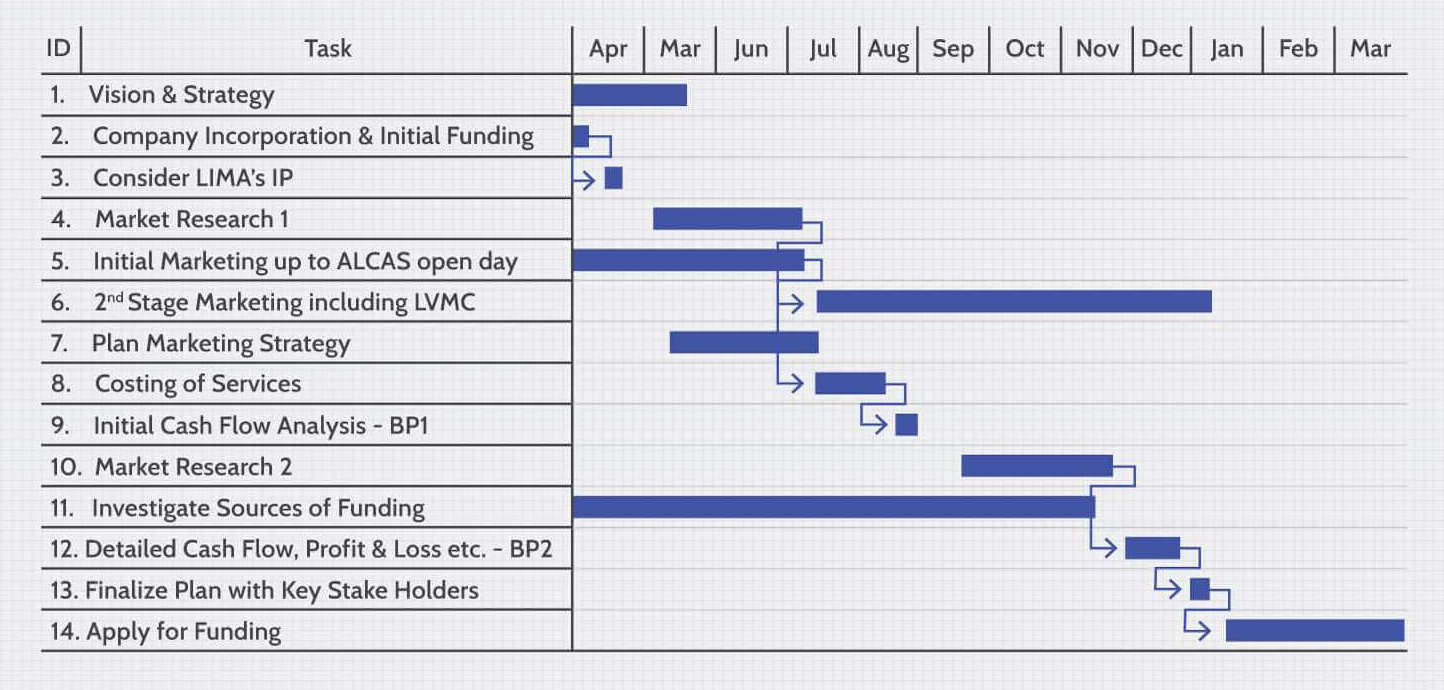How Do You Make A Business Plan?
A strategic business plan is a comprehensive document that outlines a company’s goals and the strategies needed to achieve them. It serves as a roadmap to success, guiding the organization through major decisions and milestones. In this in-depth guide, we’ll discuss the steps needed to create a strategic business plan that can lead your business to long-term success.
1) Executive Summary
The executive summary is the first section of your strategic business plan, and it plays a vital role in capturing the reader’s attention. It provides a brief overview of your business and sets the direction for the rest of the document. Below is a structured table to help you organize the content:
| Section | Content |
|---|---|
| Company Overview | Begin with a brief introduction to your company, including its history, mission, and current status. |
| Mission & Vision | Clearly state your company’s mission and vision statements, emphasizing the purpose and long-term aspirations. |
| Objectives | List the key objectives you aim to achieve through your strategic business plan. Make them specific, measurable, and aligned with your mission and vision. |
The executive summary should be engaging, provide a snapshot of your business, and generate interest. Keep it concise, making sure it covers the most important aspects of your company’s identity and goals.
2) Business Description
The business description section gives in-depth information about your company, offering a detailed portrayal of its products or services, target market and competitive advantages. Consider incorporating visual aids such as the SWOT analysis diagram below to enhance your analysis:

The SWOT analysis helps identify your company’s strengths, weaknesses, opportunities, and threats. Use the following table to organize your SWOT analysis:
| Strengths | Weaknesses | Opportunities | Threats |
|---|---|---|---|
| Internal positive attributes | Internal negative attributes | External factors for growth | External factors posing challenges |
By visually representing these factors, you gain a comprehensive understanding of your business environment, enabling you to make informed decisions and formulate effective strategies.
3) Market Analysis
Understanding your market is important to developing a successful strategic business plan. This section includes an in-depth analysis of your industry, target market, and competitors. Use the following table to structure your market analysis:
| Factor | Analysis |
|---|---|
| Industry Overview | Provide an overview of your industry, highlighting key trends, growth prospects, and challenges. |
| Target Market | Identify and define your target market, including demographics, psychographics, and buying behavior. |
| Competitor Analysis | Conduct a comprehensive analysis of your key competitors, assessing their strengths, weaknesses, and market positioning. |
Effective market analysis enables you to identify growth opportunities and potential threats, allowing you to develop strategies that are tailored to market dynamics.
4) Strategic Goals and Objectives
With a solid understanding of your business and market, it’s time to define your strategic goals and objectives. Clearly outlining your goals ensures that your entire organization is aligned on a common vision. Use a visual representation such as the table below to structure your goals and objectives:
| Goal | Objective | Key Results |
|---|---|---|
| Market Expansion | Expand into new markets by the end of the fiscal year. | Achieve a 20% increase in market share in the targeted regions. |
| Product Innovation | Launch two new innovative products within the next 12 months. | Attain a customer satisfaction rating of at least 90% for the new products. |
Setting specific goals with measurable objectives and key results provides clarity and accountability within your organization. It also facilitates evaluation of your progress towards achieving your strategic vision.
5) Implementation Plan
After establishing your goals and objectives, the implementation plan outlines the specific actions and steps needed to achieve them. Break your strategic initiatives into manageable tasks and assign responsibilities. Use a detailed Gantt chart like the one below to visualize your implementation timeline:

Gantt charts provide a visual representation of tasks, their start and end dates, and dependencies. This helps track progress, identify bottlenecks, and ensure that the entire team is on the same page during the implementation phase.
6) Financial Projections
Financial projections are an important component of any strategic business plan. This section outlines your revenue forecasts, expense projections, and cash flow projections. Use the table below to organize your financial projections:
| Projection | Year 1 | Year 2 | Year 3 |
|---|---|---|---|
| Revenue | ₹X | ₹Y | ₹Z |
| Expenses | ₹A | ₹B | ₹C |
| Net Profit | ₹X – ₹A | ₹Y – ₹B | ₹Z – ₹C |
Accurate financial projections provide stakeholders with a clear understanding of the expected returns on investment and the financial sustainability of your strategic initiative.
7) Risk Management
No business plan is complete without considering potential risks. Identify and assess risks that may affect the successful implementation of your strategic plan. Use the risk matrix below to classify and prioritize risks based on their probability and impact:
Develop risk mitigation strategies for high-priority risks to ensure that your organization is prepared to deal with challenges and uncertainties.
8) Monitoring and Evaluation
Continuous monitoring and evaluation is essential to keep track of the progress of your strategic plan. Establish key performance indicators (KPIs) and use a balanced scorecard to measure and evaluate your performance across different dimensions:
Regularly review your KPIs and adjust your strategies as needed to remain aligned with your goals and market conditions.
Conclusion – Strategic Business Plan
Preparing a strategic business plan is a dynamic process that requires thorough analysis, careful planning, and constant adaptation. By following the steps outlined in this guide, you can create a strong strategic plan that aligns your team, attracts investors, and positions your business for continued success.
Stay connected with us on social media for regular updates, tips, and engaging content:
- Facebook: Follow us now
- Twitter: Follow us now
- Instagram: Follow us now
We’d love to hear your thoughts! Share your favorite online business idea or let us know if you have already started your entrepreneurial journey. Your insights and experiences can inspire others on the path to success. Leave a comment below and let’s build a community of innovators online!



One thought on “How Do You Make A Business Plan?”